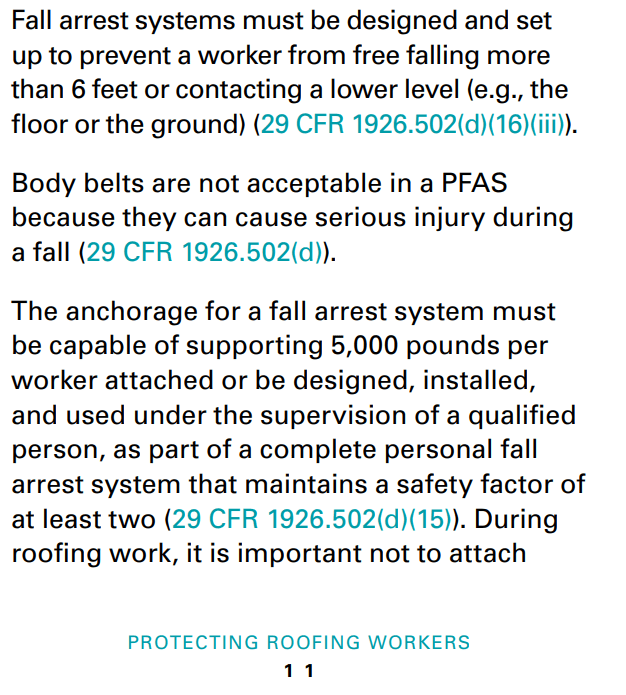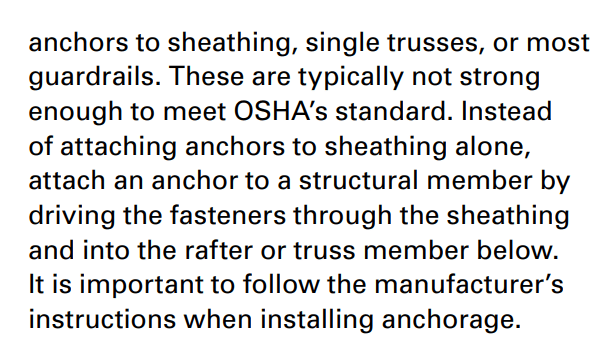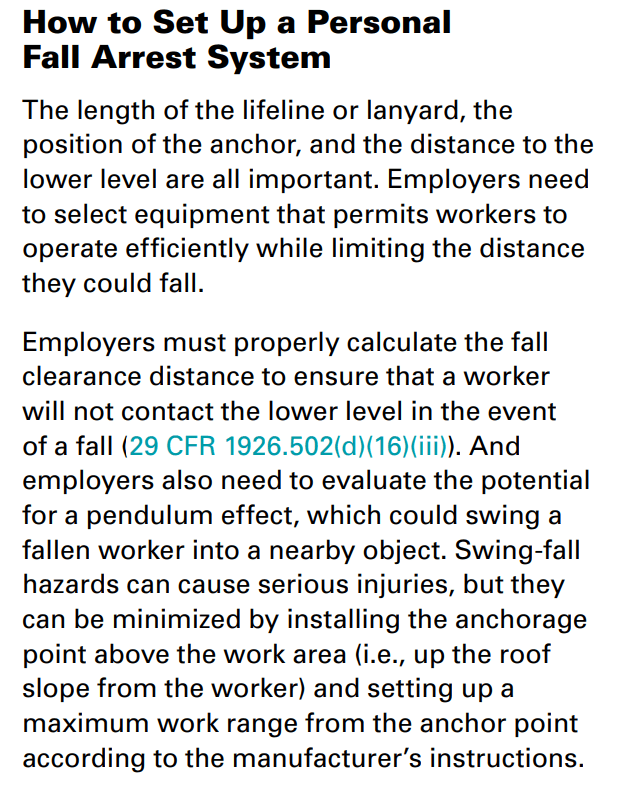As the truss supplier, you need the loads from the EOR. This is improper delegation. I'd suspect the 5,000 is unrealistic to "spread" to multiple trusses, unless you have specific instructions from the EOR where they've vouched for their design being stiff enough to spread that load to multiple trusses.
Further, for these sort of forces, one would be well-advised to do some form of special inspection, via a third party (this is outside your control, however, from the sound of it).
The engineers who immediately start debating the load down from the maximum arresting force, if you ask me, are going outside the OSHA standard, while it may not fail and may save somebody from a fatal fall, the actual forces involved when they are underdesigned (my word) will probably damage the anchorage to the point it won't be safe for a re-use.
A wood truss does not typically want a 5,000 lb point load somehow wedged into it over a 4" x 4" area (face of the truss top chord).
You could potentially design for the 5,000 lb load on a truss top chord and then ship the truss back "early" to the EOR so they can design the actual guts of their connection. Cloud it and indicate "truss is designed for 5,000 lb reaction." Be quite clear that the EOR has to provide the connection TO the truss for that load. You could also indicate what duration of load was used for this element (I believe 2.0 for impact is not allowed for connections, but you aren't designing the connection, unless your truss plates somehow get involved), and the load case for the arresting force is another question. It would seem like it would most likely happen during "normal use" (i.e. minimal live load), or construction (so roof live load) and not during design snow events.... that might be wise to hold the EOR feet to the fire on the appropriate load cases. "This design is based on fall arrest force and roof live load applied simultaneously, and 1.6 (2.0?) duration of load, bottom chord live load has been omitted for this load case. EOR please confirm."



